Contemporary Indian Sculpture in the 20th and 21st centuries represents a dynamic and diverse field, marked by a fascinating interplay between modern forms and traditional roots. Indian sculptors have embraced a wide range of materials, techniques, and artistic approaches, drawing inspiration from both Western modern art movements and India’s rich sculptural heritage. From figurative representations to abstract forms, from traditional materials like bronze and stone to contemporary media like fiberglass and installation art, contemporary Indian sculpture reflects a vibrant artistic landscape that engages with global trends while maintaining a distinct Indian identity.
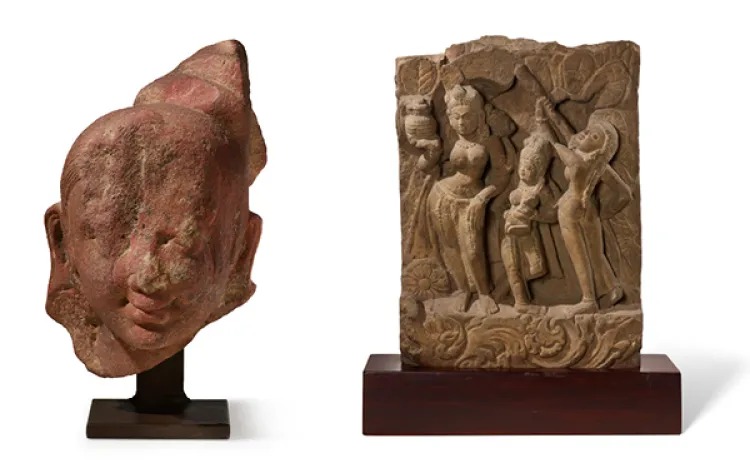
Modern Influences and Early Pioneers:
The development of contemporary Indian sculpture was significantly shaped by the influence of Western modern art movements and the emergence of Indian modernist artists in the early to mid-20th century.
- Western Modern Art Movements: European art movements like Cubism, Surrealism, Expressionism, and Abstract art influenced early contemporary Indian sculptors, leading to experimentation with new forms, materials, and conceptual approaches.
- Nationalist and Revivalist Impulses: Alongside Western influences, there was also a nationalist impulse to rediscover and reinterpret India’s own artistic heritage, drawing inspiration from ancient Indian sculpture, folk art, and traditional crafts.
- Early Pioneers of Modern Indian Sculpture: Artists like Ramkinkar Baij, Devi Prasad Roy Choudhury, and Dhanraj Bhagat are considered pioneers of modern Indian sculpture. Ramkinkar Baij, in particular, is celebrated for his bold and expressive sculptures often using unconventional materials like concrete and terracotta, rooted in Indian folk traditions and social realism.
Materials and Techniques: Tradition and Innovation
Contemporary Indian sculptors utilize a wide spectrum of materials and techniques, ranging from traditional to cutting-edge.
- Traditional Materials: Many sculptors continue to work with traditional Indian materials like bronze, stone (granite, marble, sandstone), wood, and terracotta, drawing on centuries-old casting, carving, and modeling techniques. Bronze casting, particularly using the lost-wax process, remains a significant tradition.
- Modern Materials: Contemporary sculptors have also embraced modern materials like cement, concrete, plaster of Paris, fiberglass, steel, aluminum, glass, plastics, and mixed media, expanding the possibilities of sculptural expression and allowing for new forms and textures.
- Installation Art and New Media: Contemporary Indian sculpture has also moved into the realm of installation art and incorporates new media like video, sound, light, and digital technologies, blurring the boundaries between sculpture and other art forms and engaging with contemporary themes and concerns.

Themes and Subject Matter: Tradition, Modernity, and Social Commentary
Contemporary Indian sculpture explores a diverse range of themes and subject matter, reflecting the complexities of modern Indian society and engaging with both personal and universal concerns.
- Continuity with Tradition: Many contemporary sculptors continue to draw inspiration from Indian mythology, religion, philosophy, and cultural traditions, reinterpreting traditional deities, symbols, and narratives in modern forms and contexts.
- Social Realism and Human Condition: Social realism and explorations of the human condition are significant themes in contemporary Indian sculpture. Artists address issues of poverty, social inequality, urbanization, migration, and the impact of modernity on individuals and communities.
- Abstraction and Formal Experimentation: Abstract sculpture, influenced by Western modernism, is also a prominent trend, with artists exploring pure form, material properties, spatial relationships, and non-representational modes of expression.
- Environmental Concerns and Nature: Environmental issues, ecological awareness, and the relationship between humans and nature are increasingly addressed by contemporary Indian sculptors, reflecting global concerns and local environmental challenges.
- Identity, Gender, and Politics: Themes of identity, gender, sexuality, and political commentary are explored by contemporary artists, reflecting social and political changes in India and engaging with issues of representation, power, and social justice.
- Hybridity and Cultural Dialogue: Contemporary Indian sculpture often embodies a hybridity of styles and influences, reflecting the globalized art world and the ongoing dialogue between Indian traditions and international contemporary art trends.
Notable Contemporary Indian Sculptors:
Many Indian sculptors have gained national and international recognition for their innovative and impactful work. Some prominent figures include:
- Anish Kapoor: Internationally acclaimed for his large-scale abstract sculptures, often in highly polished stainless steel, exploring themes of space, perception, and materiality.
- Subodh Gupta: Known for his sculptures and installations made from everyday Indian objects, particularly stainless steel utensils, addressing themes of consumerism, globalization, and Indian middle-class culture.
- Mrinalini Mukherjee: Celebrated for her organic and textile-inspired sculptures using natural fibers like jute and hemp, exploring forms that bridge abstraction and figuration and drawing on Indian craft traditions.
- Dhruva Mistry: Known for his figurative and abstract sculptures in bronze and other materials, exploring human form and expression with a modernist sensibility.
- Shilpa Gupta: Known for her interactive installations and sculptures that engage with themes of borders, censorship, and social justice, often using light, sound, and text.
- Valay Shende: Creates large-scale public sculptures using steel and reflective materials, often addressing urban themes and social commentary.
- भारती खेर (Bharti Kher): Known for her bindi-based sculptures and installations that explore themes of identity, culture, and globalization, using bindis as a recurring motif with symbolic resonance.
Significance and Legacy:
Contemporary Indian sculpture plays a vital role in the Indian and global art scene.
- Evolution of Indian Art: It represents a dynamic evolution of Indian sculptural traditions, responding to modern influences and contemporary concerns while maintaining connections to India’s rich artistic heritage.
- Global Recognition: Contemporary Indian sculptors have achieved significant international recognition, exhibiting their work in major museums and galleries worldwide and contributing to global art dialogues.
- Social and Cultural Commentary: Contemporary sculpture serves as a platform for social and cultural commentary, engaging with contemporary Indian society, politics, and global issues.
- Artistic Innovation and Experimentation: The field is characterized by ongoing artistic innovation, experimentation with materials and techniques, and a constant push to expand the boundaries of sculptural expression.
- Cultural Dialogue and Exchange: Contemporary Indian sculpture fosters cultural dialogue and exchange between India and the global art world, contributing to a richer and more diverse global artistic landscape.
Contemporary Indian sculpture is a vibrant and evolving art form, reflecting the dynamism of modern India and the ongoing artistic dialogue between tradition and innovation, local and global, and individual expression and social consciousness. It stands as a testament to the continued vitality and relevance of sculptural art in the 21st century.

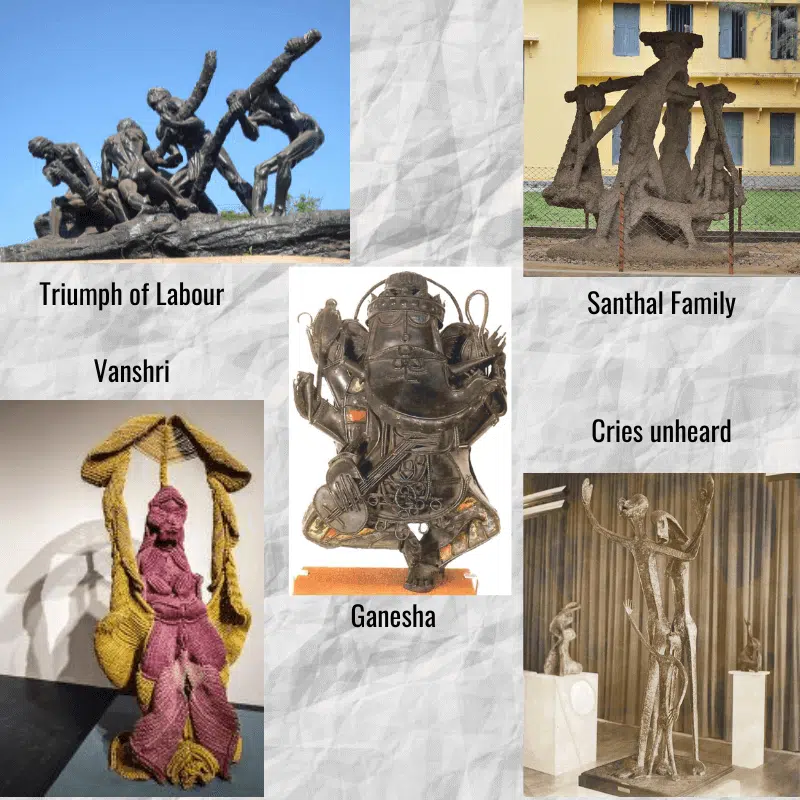
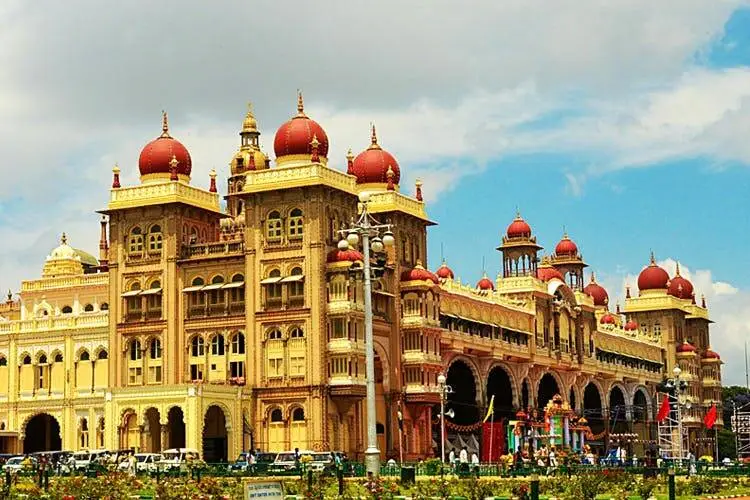
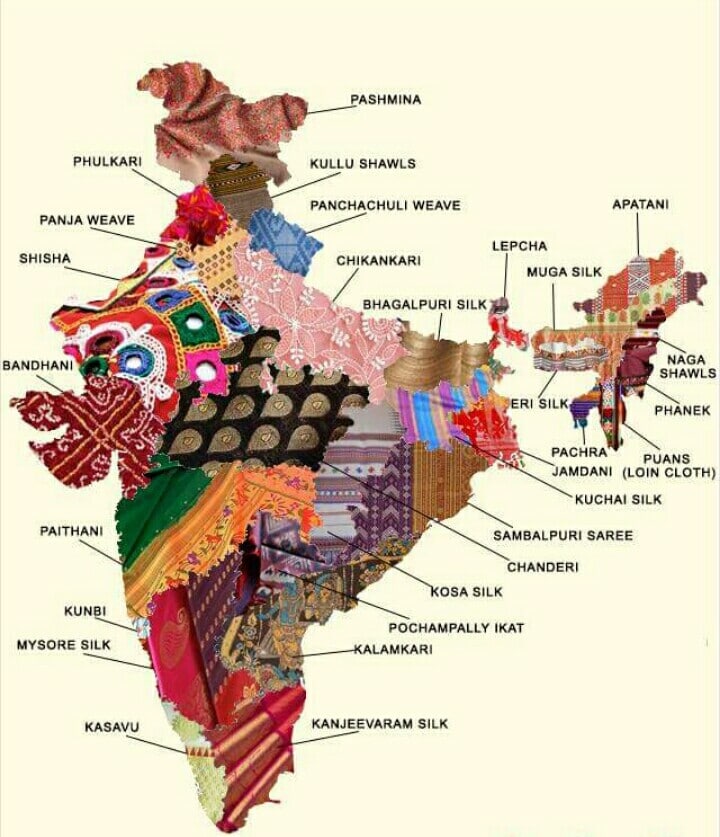

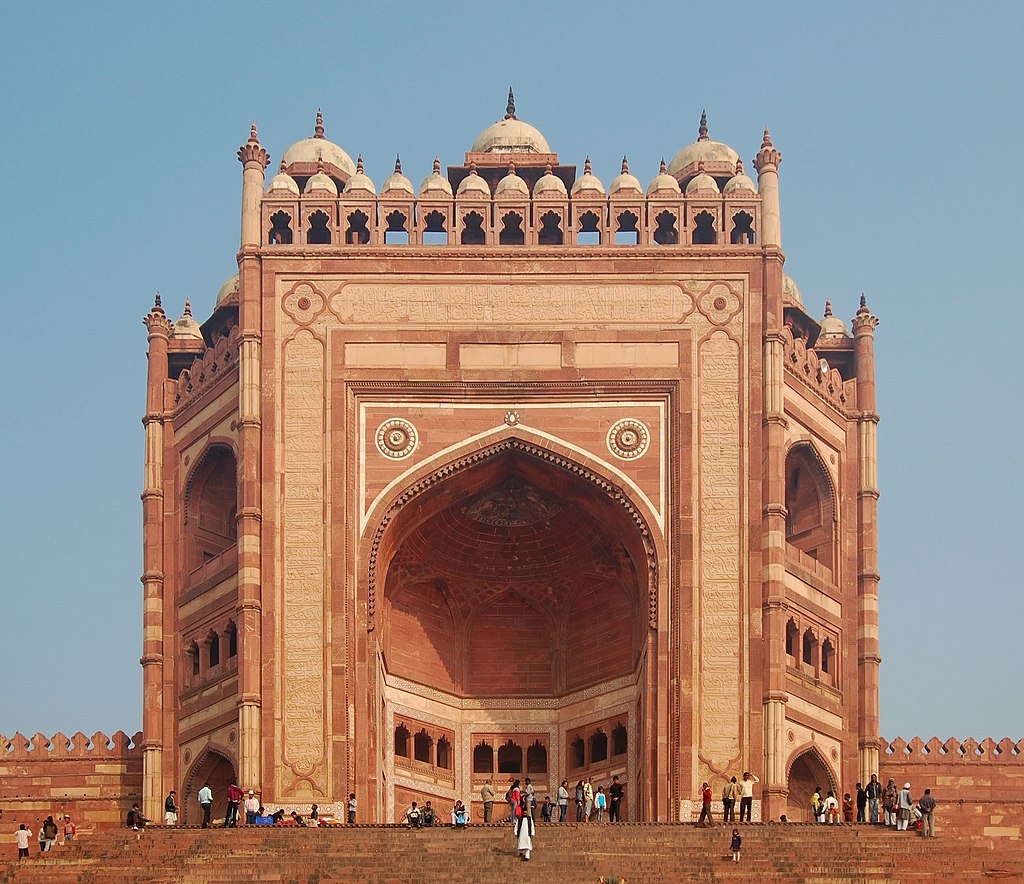
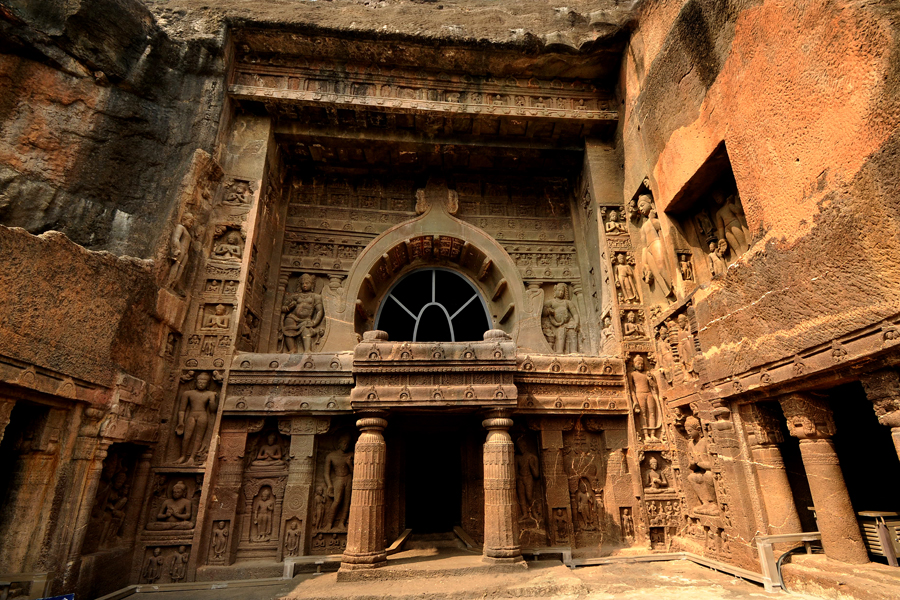

Leave feedback about this